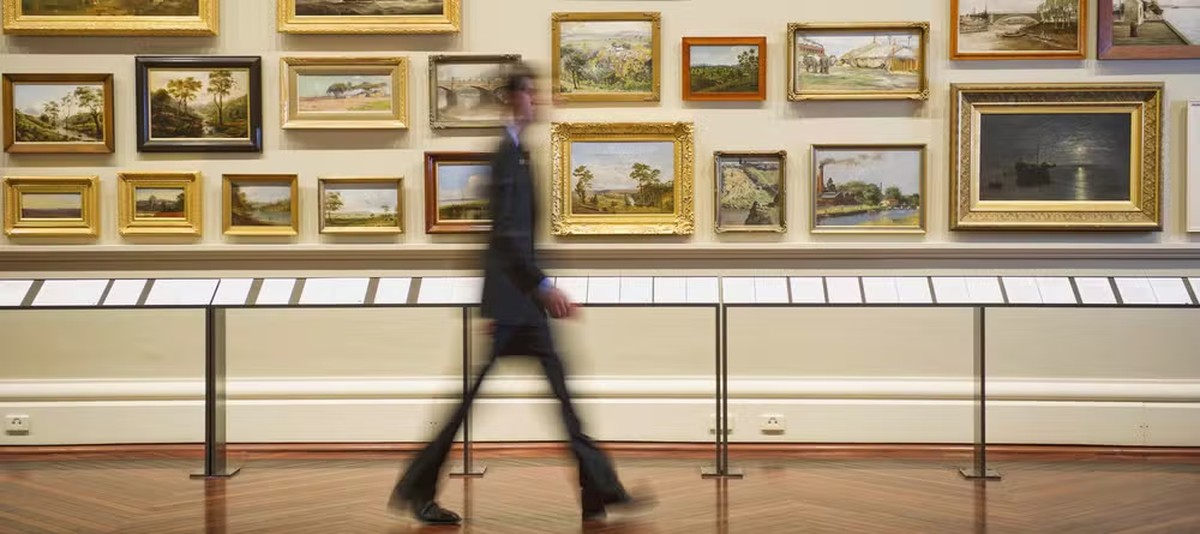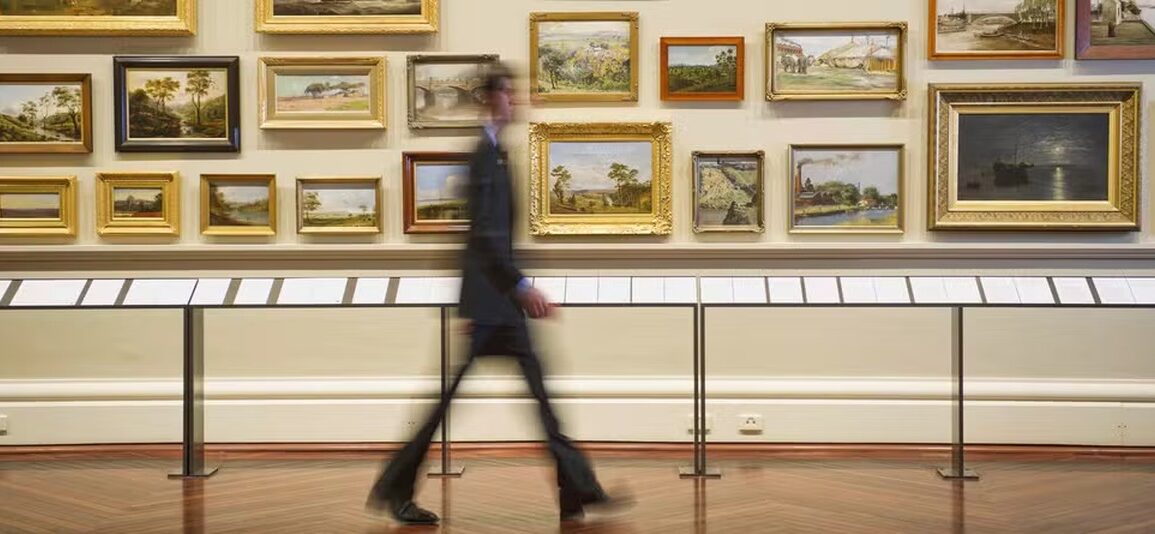
The few Brazilians who collect art—whether as an investment or for personal passion—led the world in art transaction volumes during the first half of 2024. These Brazilian collectors bought an average of 15 pieces in that period, compared to the global average of 11, according to a survey by UBS in partnership with the Art Basel fair.
Art purchases are mainly conducted through social media, galleries, or art fairs. Each Brazilian collector owns an average of 39 pieces, in line with the global average. Collectors in Brazil spent an average of $23,000 on art in the first half of 2024, compared to the global average of $25,000. While Brazil ranks ninth among countries with the highest spending on art, the majority (60%) of its transactions were above $100,000.
“The ultra-wealthy often concentrate a significant portion of their wealth in art,” said Yuri Freitas, head of wealth planning in Brazil at UBS Global Wealth Management. The bank surveyed 3,600 high-net-worth individuals (with over $1 million in financial assets, excluding businesses and real estate) across 14 countries, along with 1,400 art collectors.
The primary motivations for art purchases in Brazil are financial returns and personal passion, though other reasons cited include supporting artists, a collecting impulse, enhancing personal connections, and preserving cultural traditions.
Although art may be seen as an investment, it carries high risk and is worthwhile only when personal taste is as important as potential financial returns, notes Mr. Freitas. “At UBS, we’re cautious about viewing art as an investment due to its volatility. Predicting an artist’s success is challenging, but people see value in art and should invest in pieces they love,” he adds.
Unlike real estate or bank deposits, art often holds greater emotional value for clients, Mr. Freitas observes. Clients carefully select pieces, which reflect their evolving interests over time. “Art lovers fill every inch of their walls with pieces they’re passionate about,” he says. “But it’s not an easy market to navigate.”
UBS assists clients with practical matters, such as verifying artwork authenticity, deciding whether pieces should be held in a personal or corporate name, and ensuring tax compliance. The bank also advises on cataloging, safe storage, and transport.
In Brazil, the majority (59%) of collections are paintings and sculptures, while the rest include prints and photographs (26%), films (3%), digital art (2%), and other works. Emerging or new artists make up most (62%) of Brazilian collections, with only a minority representing established or mid-career artists. Brazilian collections are still largely dominated by male artists, with 56% of works by men and 44% by women.
Around one-third (33%) of Brazilian collectors plan to buy art in the next 12 months, while most (60%) intend to sell pieces.
Global slowdown
After a strong post-pandemic recovery, global art purchases fell 4% to $65 billion in 2023, the UBS survey showed. Caution prevails amid high interest rates and geopolitical tensions, which weigh on sentiment among art buyers and sellers.
Despite billionaire wealth continuing to grow, the art allocation in portfolios dropped from its 2022 peak of 24% to 19% in 2023 and 15% in the first half of 2024.
Despite headwinds, art enthusiasts maintain their strong, enduring passion. More than 75% of the wealthiest individuals acquired a painting in the first half of the year.
The vast majority (91%) of ultra-wealthy art lovers have inherited or received pieces through a will, allowing spouses, partners, and children to become collectors, with most (72%) keeping at least part of these works.
Although tastes vary across generations, less than one-third of millennials (ages 26 to 40) and Generation Z (ages 18 to 25) cited mismatch with their collections as a reason to sell inherited works.
The original story in Portuguese was first published on Valor Investe.
This post was originally published on this site be sure to check out more of their content








